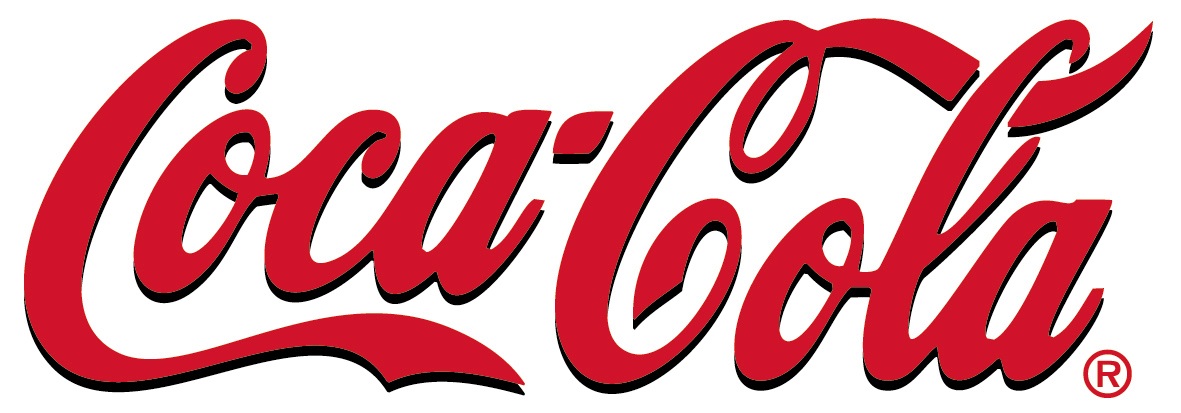Budgeting process and procedures in Coca-Cola
http://ilokabenneth.blogspot.com/2014/12/budgeting-process-and-procedures-in.html
Author: Iloka Benneth Chiemelie
Published: 15th of December 2014

1.
Name of company
Coca-Cola
2.
Budgeting process and procedures for Coca-Cola
2.1
Preparation techniques – in accordance with Coca-Cola’s form
10k annual report, budgeting (both financial and non-financial) is goal driven
(Coca-Cola,
2012).
The implication is that the company determine the budget based on their desired
and set objectives, thus prepare budgets in such a way that these objectives
can be achieved at the end of the day.
2.2
Uses for evaluation – the company makes use of the budget
both for internal and external evaluation. As detailed in their annual report,
a clear analysis is presented on the brand’s overall performance with respect
to what they obtained at the end of the year as compared with what they planned
to obtain from the beginning of the year.
2.3
Differences between business units/divisions
Being a multinational brand, Coca-Cola
has numerous business units and department that undertake different functions
in the course of meeting its set objectives. Thus, analyzing the performance of
these departments and comparing them together with that of other departments is
without much doubt a necessity. The company goes about this function by setting
targets for each department and then comparing these targets with the outcome
produces by these departments. Thus, the company can then make use of such evaluations
to compare between departments in terms of their overall delivery of set
objectives.
3.
Management accounting system in Coca-Cola
Phil (1999) present a clear
analysis of management accounting in Coca-Cola, in which he made known that the
process gathering accounting information in the company starts with documents
all the purchase and sales related activities. The company has a system that it
used to record what it purchase in the course of producing any given product as
well as the revenue generated from the sales of such product. Besides internal
information, it was also made known by Phil (1999) that the company normally
conducts surveys with their consumers to understand their overall view on
products and needed improvements. These gained understanding are used to define
the management process and it influences decision making process in the
company.
4.
Costing methods in Coca-Cola
Coca-Cola activity based costing
measures in which the actual cost incurred can be influence by the activities
undertaken in the course of producing a given product. Considering the fact
that the company maintains operations in numerous countries, it can easily be
understood as noted by Phil (1999) similar activities can come with different
prices in different countries, thus calling on the need for the company to be
flexible in determining its costing measures. Thus, ABC is the costing approach
most famously used in Coca-Cola (Phil, 1999).
5.
Capital decisions making process in Coca-Cola
Just as in any given company, capital
decision making is very important in Coca-Cola and it can even be considered
more important to the brand because investments are normally huge, which means
that risks can be very. From the company’s annual return, it can be seen that a
number of capital decisions making process are adopted in the course of
budgeting within the company. First of such is the payback period in which
Coca-Cola always calculates its investment returns period to determine whether
the expected period for returns are favorable or not. Net present value and
internal rate of returns are also employed by the company in investment
decisions process to understand the actual value expected from such investment
and the amount of investment that must be made in order to obtain the expected
value.
6.
Decision making criteria for acquiring new investments in Coca-Cola
In the course of deciding whether or not
to acquire a given investment, analyzes the investment based on the following
decisions:
6.1
Impact on brand image – Coca-Cola is always watchful of its
brand image and investment decision must meet the criteria set in the view of
such investment not having any negative impact on brand image. For instance,
the company doesn’t invest in troubled government system or systems found to be
corrupt in order to limit being viewed with the same image.
6.2
Expected returns – the higher the expected return from
any given investment, the higher the chances of Coca-Cola investing as one of
their criteria is that any given investment must be capable of returning
positive results.
Reference
Coca-Cola
(2012), “Annual return.” Available at: http://www.coca-colacompany.com/annual-review/2012/pdf/form_10K_2012.pdf
Phil,W
(1995), “ Accounting at Coke and Coke’s bootling woes.” Available at: http://www.public.asu.edu/~bac524/accounting_at_coke_and_cokes_bottling_woes.pdf




